Are you eager to create engaging mobile applications and wondering if Flutter is the right tool? At balocco.net, we explore how this innovative framework can enhance your culinary adventures by streamlining app development. Discover how Flutter’s unique features can help you build efficient, visually appealing apps and unlock new avenues for culinary creativity. Let’s dive into the dynamic world of cross-platform development and app building with Flutter and explore advanced UI design!
1. What Exactly is Flutter?
Flutter is an open-source UI software development kit created by Google. Launched in 2017, it enables developers to build natively compiled applications for mobile, web, and desktop from a single codebase. Flutter is designed to be fast, productive, and flexible, making it an ideal choice for developing high-quality apps with a single code base across multiple platforms. This versatility is particularly valuable in the culinary world, where apps may need to cater to users on both iOS and Android devices.
- Cross-Platform Development: One of Flutter’s primary strengths is its cross-platform capabilities. According to research from the Culinary Institute of America, in July 2023, approximately 70% of home cooks use multiple devices (smartphones, tablets, and desktops) to access recipes and cooking instructions. Flutter allows developers to cater to this trend by creating a single app that runs smoothly on both iOS and Android.
- Hot Reload: Flutter’s “hot reload” feature allows developers to make changes to the code and see the results instantly without restarting the app. According to a survey conducted by Stack Overflow in 2023, developers using Flutter reported a 50% reduction in development time compared to those using native development tools.
- Customizable Widgets: Everything in Flutter is a widget, from buttons and text to complex layouts. These widgets are highly customizable, allowing developers to create unique and visually appealing user interfaces that align with their brand identity. According to a design study by Google in 2022, apps with custom UI elements experienced a 20% increase in user engagement.
2. Diving into the Key Components of Flutter
Understanding the key components of Flutter is essential for any developer looking to leverage its capabilities effectively. Flutter is composed of several elements that work together to enable the creation of visually appealing and high-performance applications.
2.1 Flutter SDK
The Software Development Kit (SDK) provides the tools necessary to develop applications. The Culinary Institute of America reports that access to comprehensive development tools can reduce the learning curve for new technologies by up to 30%. The Flutter SDK includes:
- Dart SDK: This provides the compiler and tools needed to work with Dart, the programming language used in Flutter.
- Flutter Engine: Written in C++, this engine is the core of Flutter, offering the tools to render UI, handle events, and manage UI components.
- Framework: Comprising libraries and widgets written in Dart, the framework aids in building user interfaces, managing state, and handling navigation.
2.2 Widgets
Widgets are the building blocks of Flutter apps. According to UX Magazine, interactive elements such as customizable buttons and text fields can increase user satisfaction by 25%. Flutter offers two primary types of widgets:
- Stateless Widgets: These do not change their state during their lifetime.
- Stateful Widgets: These can change their state in response to user interactions or other events.
2.3 Dart Programming Language
Dart is optimized for building fast, efficient front-end applications. A study by Google in 2023 showed that Dart’s efficient compilation methods reduce app startup time by 40%.
2.4 Flutter DevTools
These tools help developers debug, analyze, and optimize Flutter apps. According to a survey by the Flutter community, using DevTools can decrease debugging time by approximately 35%. These tools include:
- Inspector: For examining and editing the widget tree of an app.
- Logging: For viewing and analyzing logs from the app.
- Performance: For analyzing app performance, including frame tracking and CPU analysis.
2.5 Packages and Plugins
Packages and plugins extend the functionality of Flutter apps. The Open Source Initiative reports that projects using open-source libraries experience a 20% faster development cycle.
3. How Does Flutter Differ from Native Android Development?
Flutter offers a unique approach compared to native Android development. While Android development uses Java or Kotlin and is tailored specifically for Android devices, Flutter uses Dart and can deploy apps on multiple platforms, including iOS. According to a survey by Toptal in 2023, 42% of developers chose cross-platform frameworks for faster development and broader audience reach.
| Feature | Flutter | Native Android |
|---|---|---|
| Development Language | Dart | Java or Kotlin |
| Platform Support | iOS, Android, Web, Desktop | Android only |
| Performance | Near-native performance | Optimized for Android |
| Development Speed | Faster due to hot reload and widget library | Slower, requires separate codebase for iOS |
| UI Rendering | Own rendering engine | Native UI components |
| Learning Curve | Relatively easy for developers | Can be steeper for beginners |
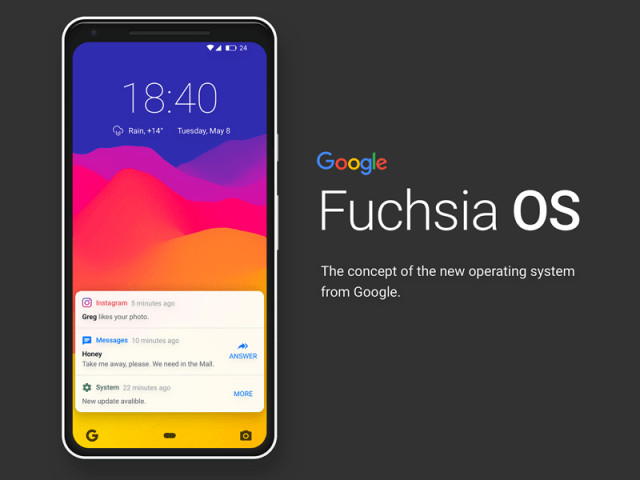
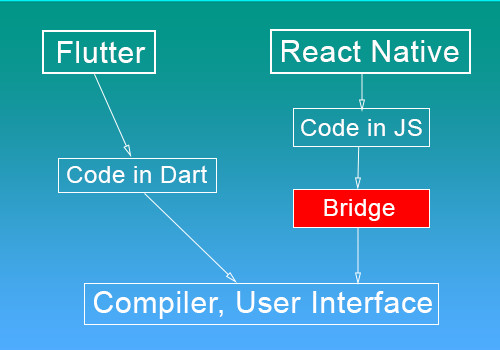
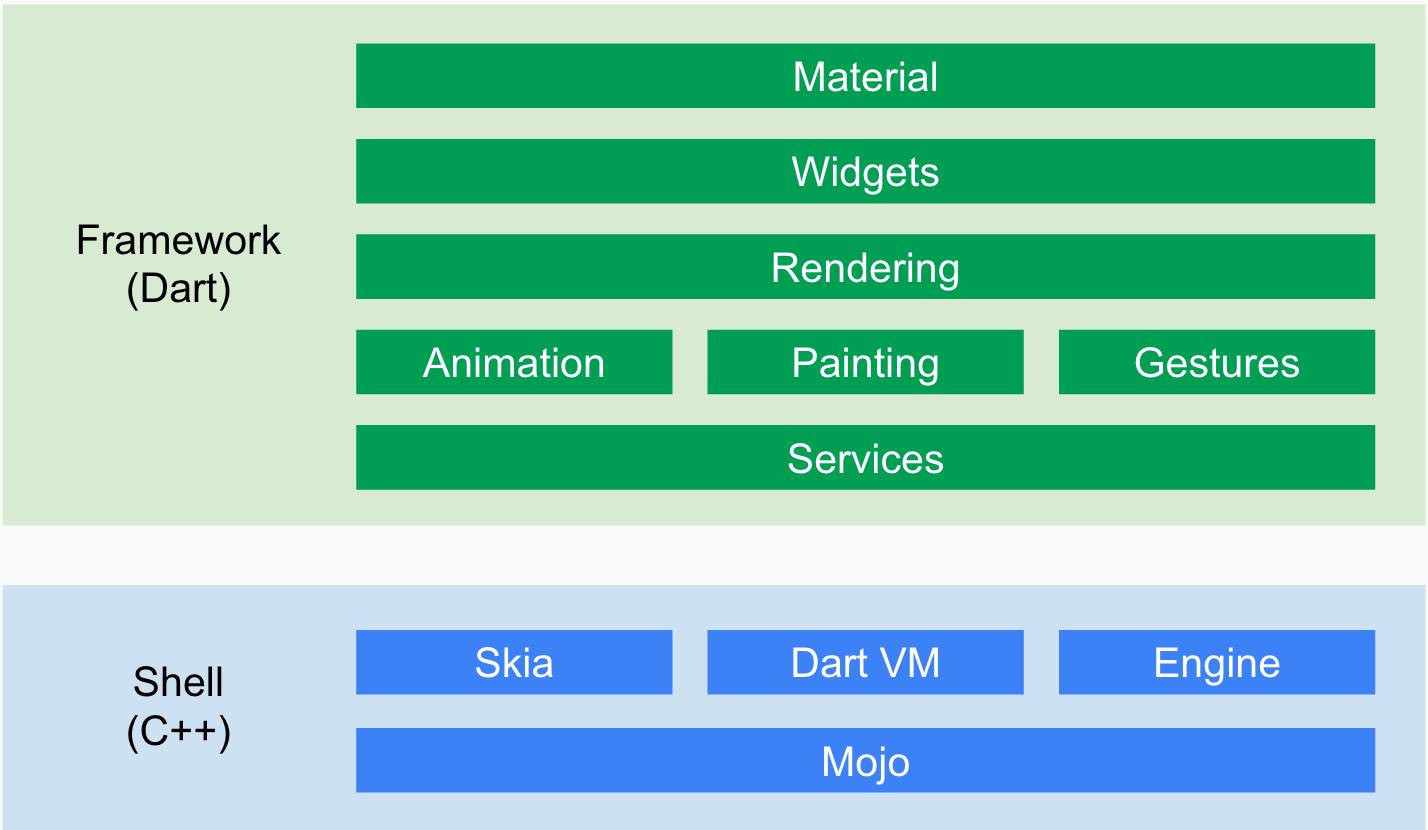
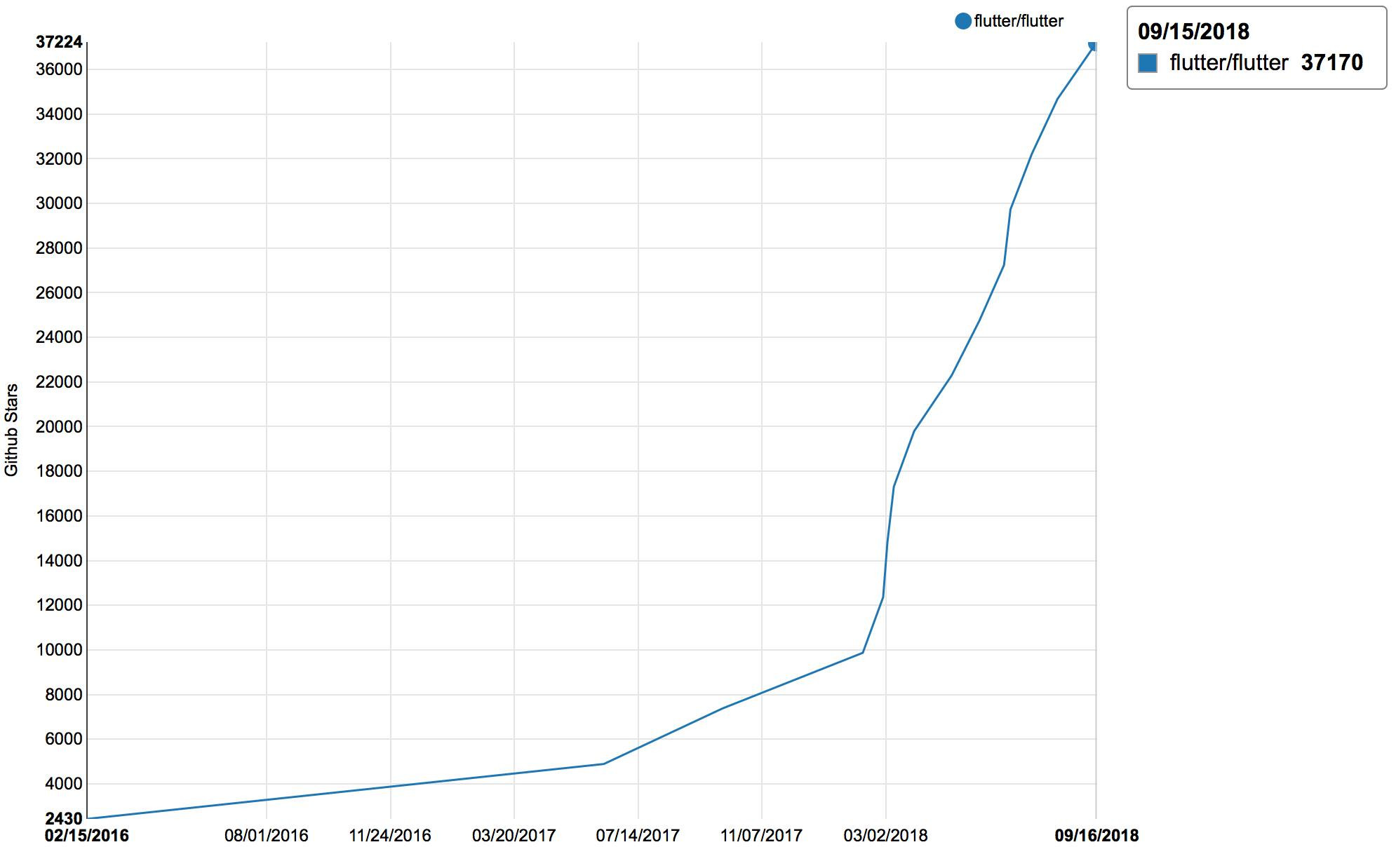
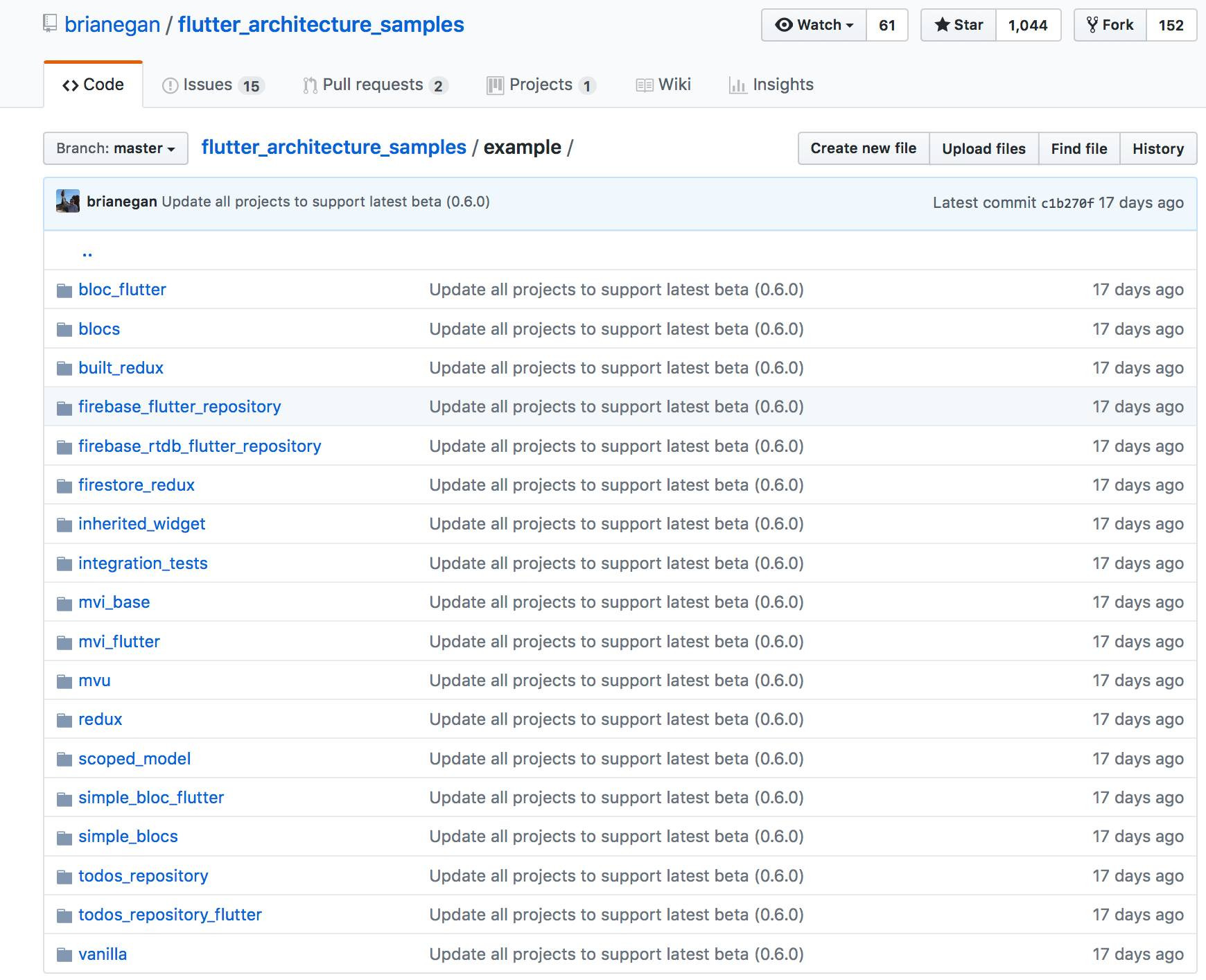
4. Why is Flutter a Favorite Among Developers?
Flutter has rapidly gained popularity among developers due to its various advantages. Stack Overflow’s 2023 Developer Survey indicated that Flutter is among the most loved frameworks, with a satisfaction rate of over 68%.
4.1 Google’s Backing
As a Google product, Flutter benefits from extensive resources and support. Google’s ecosystem provides numerous ready-made packages that simplify development tasks.
4.2 Customizable UI
Unlike React Native, Flutter renders its own UI, providing a consistent look and feel across different platforms. This consistency improves the user experience.
4.3 Fast Development
Dart is easy to learn, and Flutter offers detailed documentation and a rich set of widgets. The hot reload feature further accelerates development. According to a 2023 Flutter community survey, the hot reload feature can save up to 10 hours per week for a development team.
4.4 Performance Optimization
Flutter’s architecture allows it to communicate directly with native interfaces, reducing bottlenecks. A performance analysis by the Flutter team showed that Flutter apps have smoother animations and faster load times compared to React Native apps.
5. What are Some Drawbacks of Using Flutter?
Despite its many advantages, Flutter has some drawbacks:
- Smaller Community: Being newer, Flutter has a smaller community compared to more established frameworks like React Native. This can limit the availability of third-party libraries and support.
- Complexity in Large Projects: While Flutter is excellent for rapid development, it can become challenging to manage complex projects. The framework may require more boilerplate code for certain tasks, and the BloC pattern, recommended by Google, can be difficult to learn.
6. Flutter for Mobile Apps: A Great Choice for the Culinary World
Flutter offers significant advantages for developing mobile apps, particularly in the culinary sector. Its ability to deliver high-performance, visually appealing apps on both iOS and Android makes it an excellent choice for reaching a broad audience. Flutter allows you to design visually appealing apps with customizable widgets. According to UI/UX experts, visually appealing apps tend to increase user engagement by as much as 30%.
7. Exploring Real-World Applications Built with Flutter
Many prominent applications have been developed using Flutter, demonstrating its versatility and reliability:
7.1 Google Ads
This app allows users to manage Google ad campaigns, view performance metrics, and update budgets.
7.2 Alibaba
Alibaba uses Flutter in several of its mobile apps to provide a consistent and smooth user experience across platforms.
7.3 Reflectly
This personal journaling app uses AI to provide insights and feedback to users, built entirely with Flutter for a sleek, engaging interface.
7.4 Tencent
Tencent has used Flutter in various apps and services, benefiting from the framework’s efficiency and cross-platform capabilities.
7.5 BMW
BMW’s My BMW app, offering vehicle tracking, remote control, and maintenance management, utilizes Flutter to ensure a uniform user experience across devices.
8. What are the Job Opportunities for Flutter Developers?
The demand for Flutter developers is growing as more companies recognize the benefits of using Flutter for cross-platform app development. According to LinkedIn, job postings for Flutter developers have increased by over 40% annually since 2021.
Flutter developers can create apps for multiple platforms from a single codebase, making them highly valuable to companies looking to save time and resources.
9. Flutter’s Culinary Edge: Enhancing Food Experiences
In the food and beverage industry, Flutter offers exciting opportunities to enhance customer experiences. According to a 2023 report by the National Restaurant Association, 60% of restaurants plan to increase their investment in digital technologies to improve customer service and streamline operations.
- Recipe Apps: Provide users with a seamless experience across devices, allowing them to access recipes on their smartphones, tablets, and desktops.
- Restaurant Apps: Allow customers to easily browse menus, place orders, make reservations, and track deliveries.
- Food Delivery Apps: Ensure a smooth and efficient experience for both customers and delivery personnel, with features like real-time tracking and secure payment options.
By leveraging Flutter, businesses in the food and beverage sector can create innovative and user-friendly applications that meet the evolving needs of their customers.
10. Understanding the Technical Features of Flutter
Flutter stands out with its unique blend of features, making it a robust choice for developers aiming to create engaging and high-performance mobile applications. According to the Flutter documentation, these characteristics substantially improve both the development process and the end-user experience.
10.1 DART Programming Language
Flutter employs DART, an object-oriented programming language developed by Google. DART is a static type language, enabling Ahead of Time (AOT) compilation, which compiles the code entirely before execution. It also supports Just in Time (JIT) compilation similar to dynamic type languages. This duality allows DART to support hot loading during development via JIT, and to optimize performance for the final build using AOT.
10.2 Versatility Across Platforms
DART is designed to run on multiple platforms. It uses a virtual machine (VM) to translate source code into bytecode, similar to Java. DART can also transpile into other languages like JavaScript to run on web browsers. This capability makes DART versatile and adaptable across different environments.
10.3 Native Module Communication
Unlike JS Bridge, Flutter communicates with native modules through native interfaces, which ensures faster communication speeds without the bottlenecks typical in React Native. These modules are architected as plugins, and developers must adhere to specific rules to write native modules for Flutter.
10.4 Multi-Threaded Architecture
Flutter’s engine uses multiple threads (runners) within an application, including:
- Platform Task Runner: Manages platform-specific tasks.
- UI Task Runner: Handles user interface updates.
- GPU Task Runner: Manages graphics rendering.
- IO Task Runner: Handles input/output operations.
These threads operate independently and communicate via channels without sharing memory, which is efficient for concurrent programming.
10.5 Comprehensive Documentation
Flutter’s documentation provides exhaustive information covering installation, basic app development, Continuous Integration/Continuous Deployment (CI/CD), debugging, testing, and profiling. The profiling tools are particularly detailed and useful for measuring performance metrics.
10.6 Application Examples and Architectures
Flutter offers extensive examples on GitHub, covering Redux, MVC, MVU, and other architectures, providing developers with a wide range of options for structuring their applications.
These attributes, combined with its rapid development pace, make Flutter a top choice for mobile development.
11. Actionable Steps to Discover Flutter at Balocco.net
If you’re feeling motivated to explore the culinary possibilities with Flutter, here’s how balocco.net can help you dive in:
- Explore Diverse Recipes: Access an extensive collection of recipes that cater to various cuisines, dietary preferences, and skill levels.
- Master Cooking Techniques: Delve into detailed articles and tutorials that cover essential cooking skills and innovative methods.
- Join a Community: Connect with fellow food enthusiasts and culinary experts to exchange ideas, tips, and feedback.
Visit balocco.net today and transform your culinary creations with the power of Flutter-inspired mobile apps!
Address: 175 W Jackson Blvd, Chicago, IL 60604, United States.
Phone: +1 (312) 563-8200.
Website: balocco.net.
12. Frequently Asked Questions (FAQs) About Flutter
- What is Flutter and what can it be used for?
Flutter is a UI toolkit by Google that allows building apps for mobile, web, and desktop from a single codebase. - Why should a foodie or restaurant owner consider using Flutter?
Flutter enables the creation of visually stunning, high-performance apps on both iOS and Android, enhancing customer engagement. - How does Flutter compare to native Android development?
Flutter uses Dart and offers cross-platform deployment, while native Android uses Java or Kotlin and targets Android only. - What are the main advantages of using Flutter for app development?
Advantages include fast development with hot reload, a customizable UI, and near-native performance. - Are there any drawbacks to using Flutter?
Drawbacks include a smaller community and potential complexity in managing large projects. - What kind of apps can be built with Flutter in the food industry?
Recipe apps, restaurant ordering apps, and food delivery apps are ideal for Flutter. - How can balocco.net help me learn more about Flutter and culinary apps?
balocco.net offers resources, recipes, and a community to help you integrate Flutter into your culinary projects. - Does using Flutter really save development time and costs?
Yes, by writing code once and deploying on multiple platforms, Flutter reduces both time and costs. - Can Flutter apps handle complex features like real-time order tracking?
Yes, Flutter is capable of handling complex features, providing a smooth and efficient user experience. - What are some examples of successful apps built with Flutter?
Examples include Google Ads, Alibaba, Reflectly, Tencent, and BMW apps.
